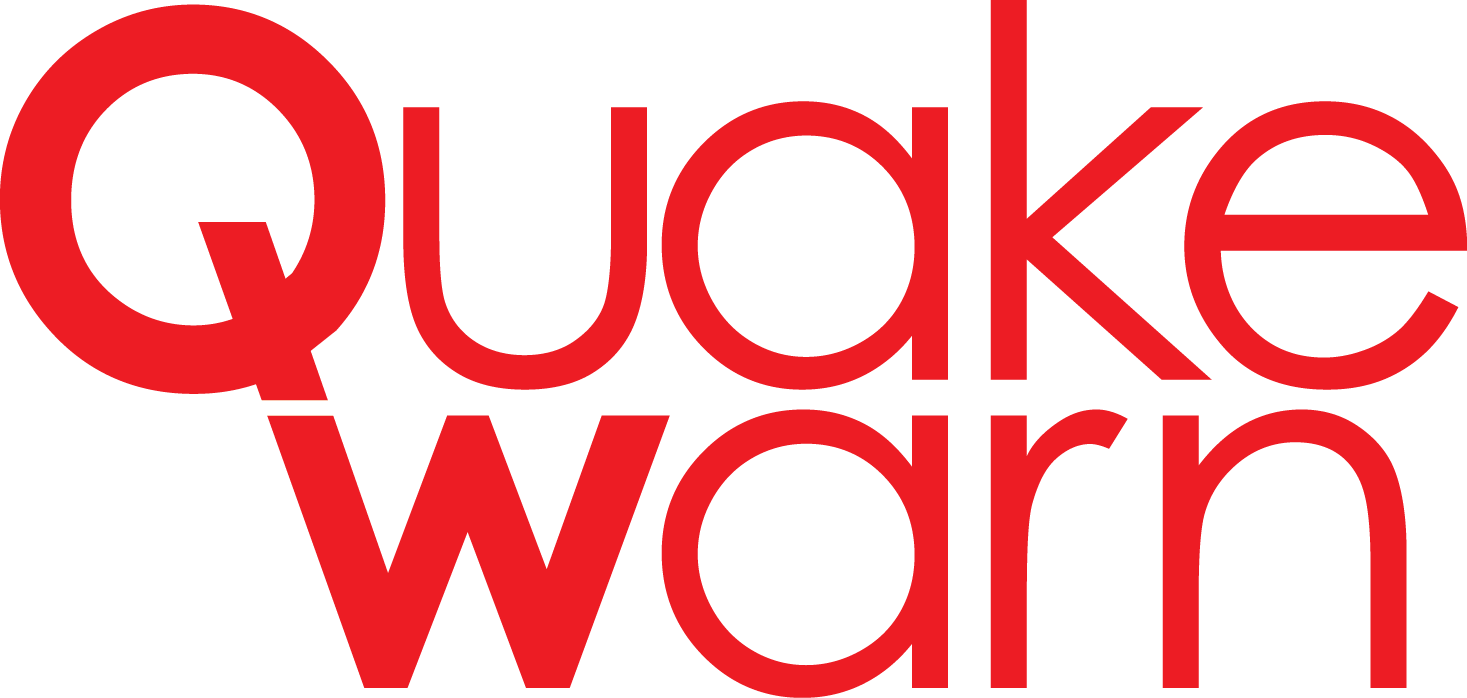I always mentioned to people that I built QuakeWarn to fill in the gap before the USGS and the Pacific Northwest Seismic Network and other agencies build and fully deployed an “official” Earthquake Early Warning System. That system, ShakeAlert, has finally arrived for the Pacific Northwest, and as I always planned, this will bring to a close much of the work that went in to the QuakeWarn system.
For those of you who want to get set up with ShakeAlert on your own phone/device to receive warnings, I would recommend most users set up the QuakeAlert app as produced by Early Warning Labs. They are an official partner of the USGS and bring in the data from ShakeAlert and push notifications to phones about the potential for shaking. Their app is available for free for both iOS and Android. There are some other apps available and you can read about them here.
I really want to take this opportunity to thank the QuakeWarn community: those people that were a big part of this project coming together in the first place.
I would like to thank the sensor hosts, those people who provided locations to host QuakeWarn sensors in their coastal locations. Our sensors were deployed from as far south as Brookings, Oregon all the way up to the northern parts of Vancouver Island, including cities such as:
- Brookings, OR
- Gold Beach, OR
- Bandon, OR
- Coos Bay, OR
- Neskowin, OR
- Ocean Park, WA,
- Forks, WA
- Sointula, BC, Canada
I would also like to thank E::SPACE Labs and the Bend Arduino Meetup Group for their support and encouragement on the project. I want to thank the Bend Venture Conference and Economic development Central Oregon (EDCO) for the opportunity to pitch QuakeWarn and for all of the great relationships and partnerships that formed as I got to know those attendees and fellow competitors.
Though I wasn’t sponsored or supported by them in any financial way, none of this would have been possible without the great community that created and supported the Arduino line of microcontrollers, allowing people of all ages to learn programming and hardware interactions in a fun and simple way.
The various QuakeWarn sensor versions were built using various generations of Arduino boards, with the final deployed sensors primarily being the Particle Photon boards. Companies like Particle, SparkFun Electronics, Adafruit, and Digi-Key allow someone who has an idea to build an actual hardware product that can be deployed.
What is next for QuakeWarn? I will likely keep some of the network online as a continued hobby project, managing remote deployed sensors has taught me a lot about about the challenges involved, and who knows what other types of remote monitoring I might pursue in the future. People have used sensors like these to monitor weather, radiation, air quality, avalanche detection, and other environmental monitoring.
So long and thanks for all the fish!
